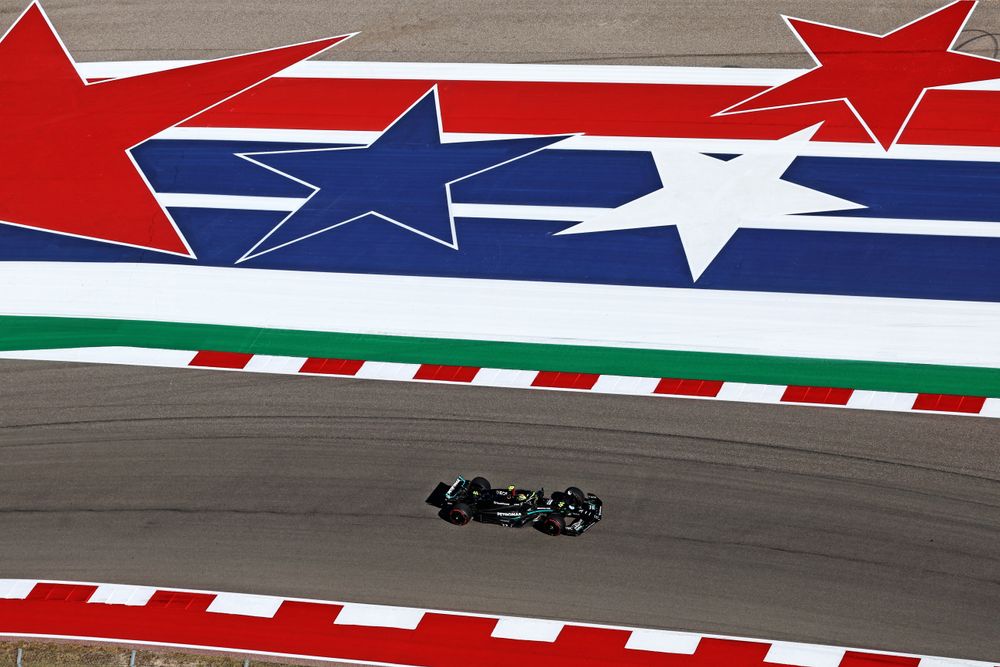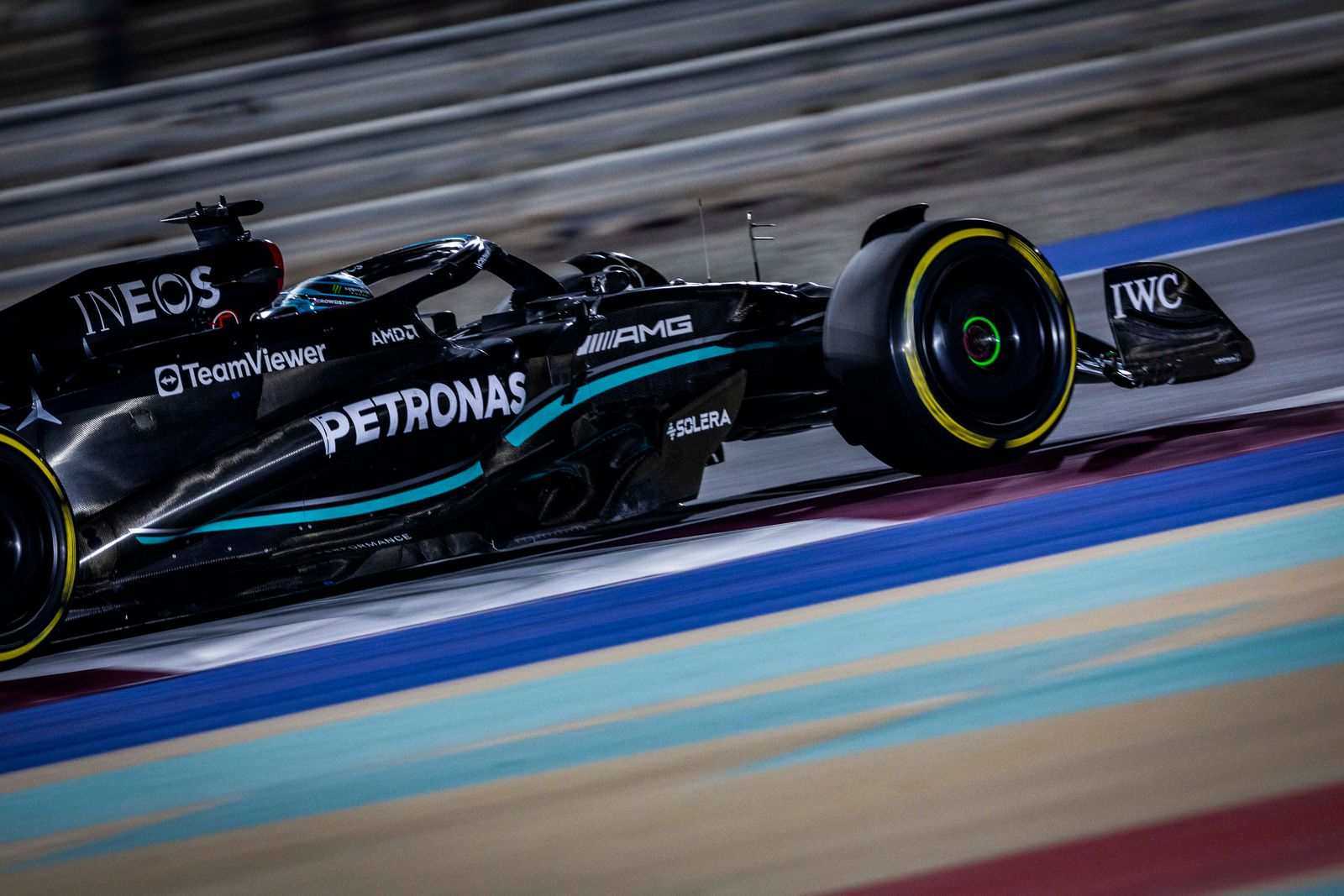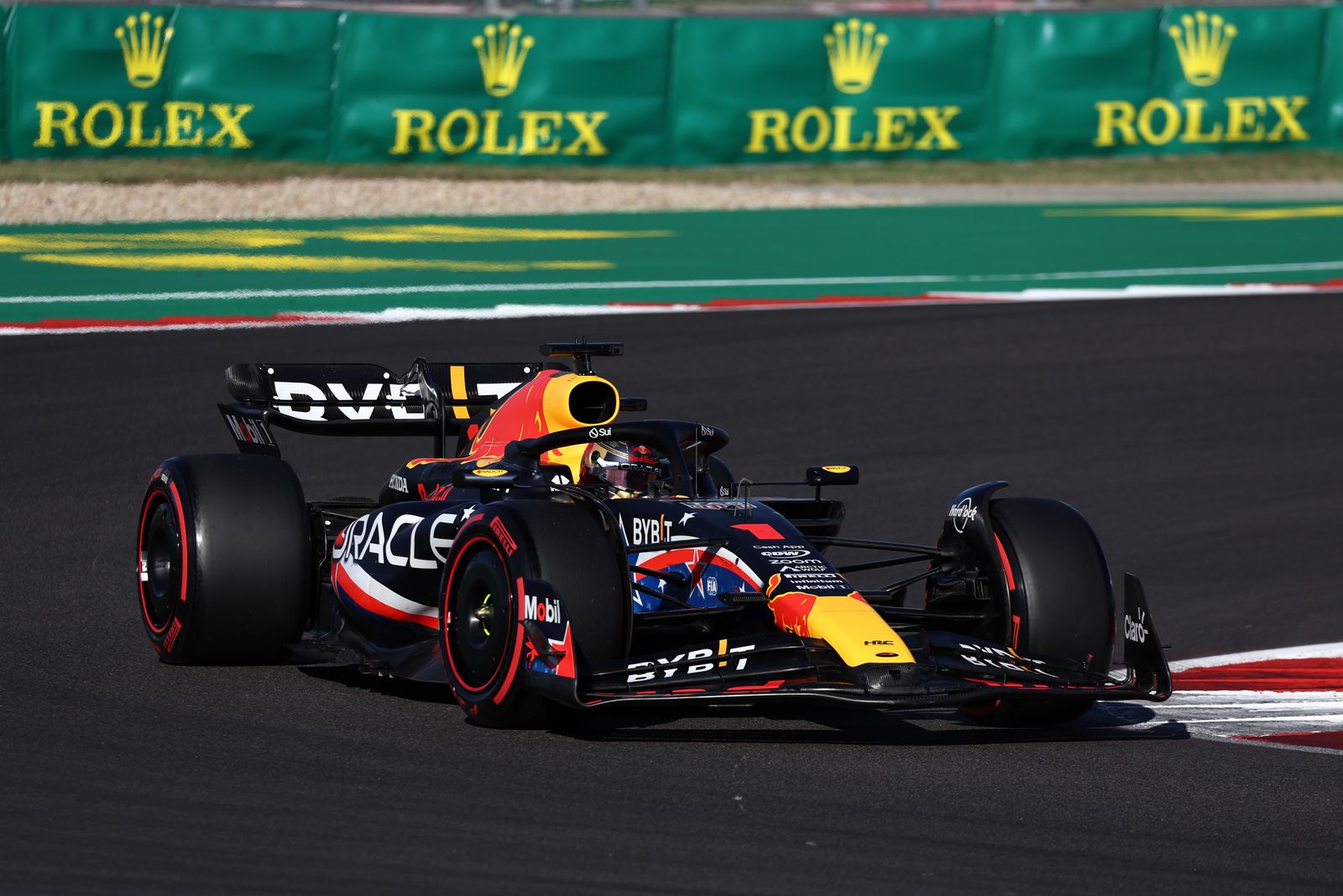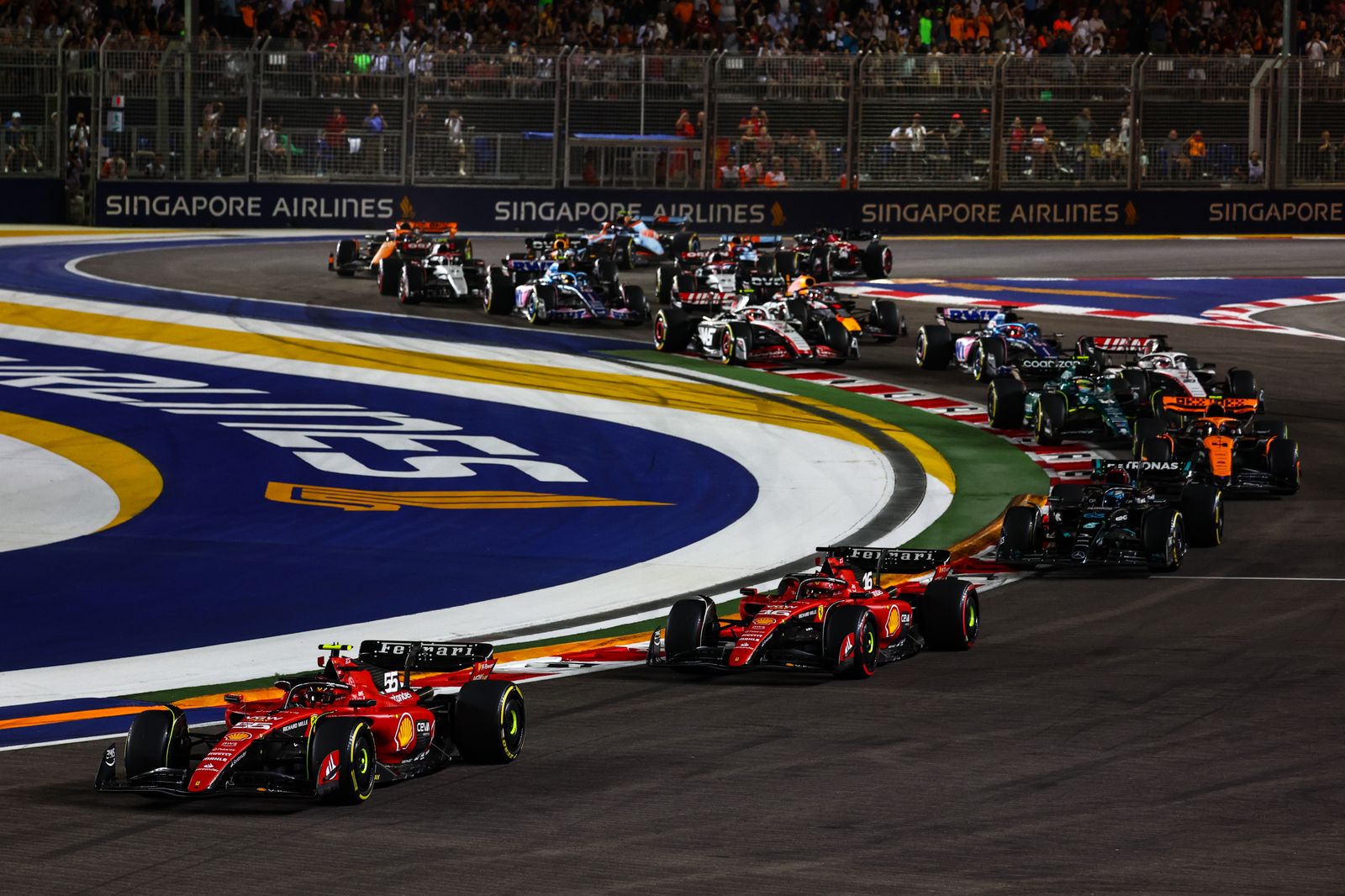Up Next

Lewis Hamilton characterised the new Mercedes Formula 1 car floor introduced for the United States Grand Prix as “one of the first upgrades that I’ve actually felt over the last two years” after qualifying third for the Austin race.
That comment is potentially more significant than simply reflecting the fact performance has been added to the car.
Mercedes technical director James Allison recently characterised the update as “a bellwether for whether we’re on the right track”, so Hamilton’s statement suggests he’s convinced the team is headed in the right direction not just with its 2023 development, but far more importantly with next year’s car.
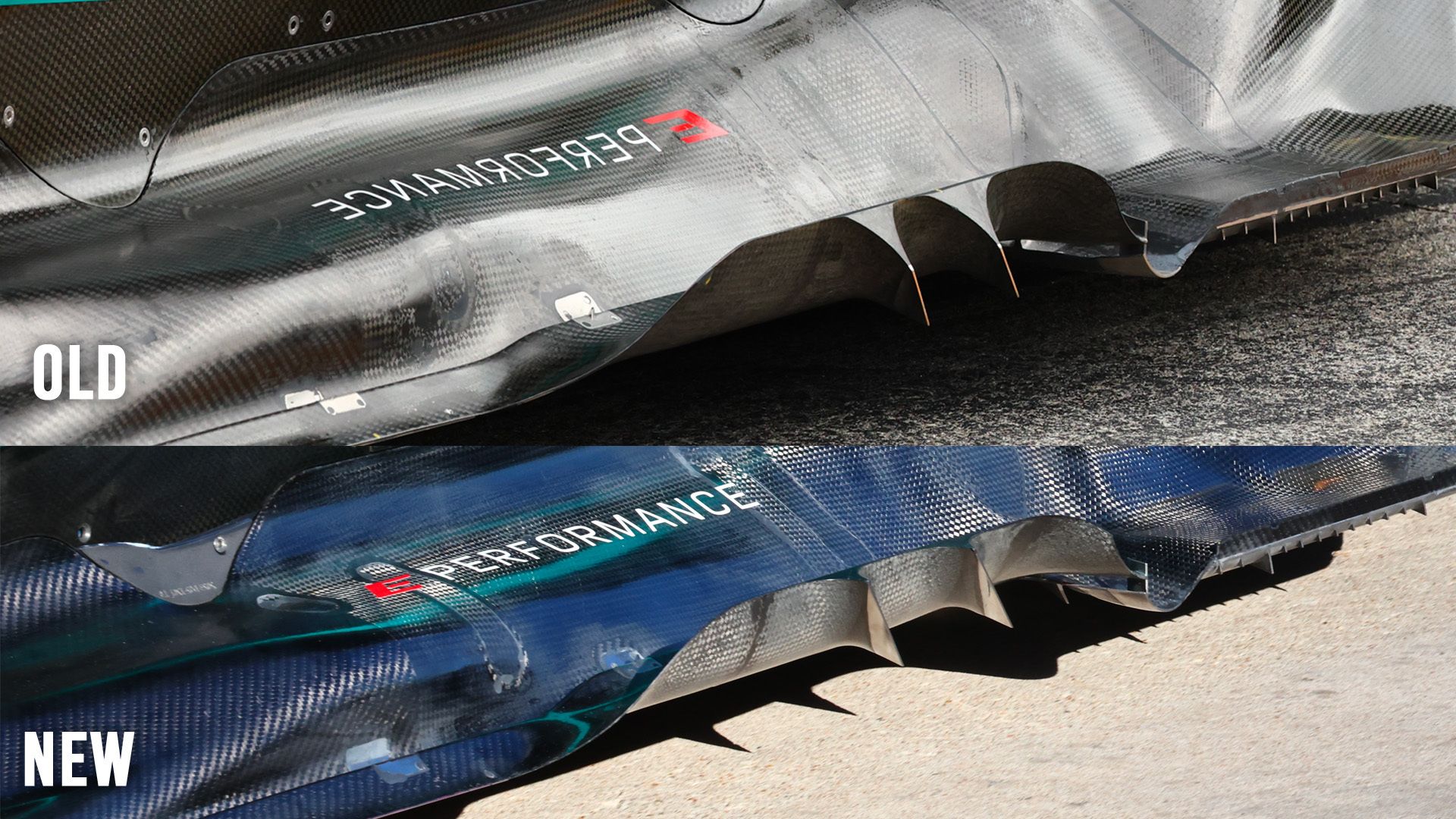
The floor upgrade includes modifications both to the floor body, with the leading edge raised, and reprofiling of the venturi tunnel roof. This is designed to improve the load distribution on the outer fence, improving the airflow and therefore generating more rear downforce. There are also changes to the forward floor edge flap designed to increase the aero load.
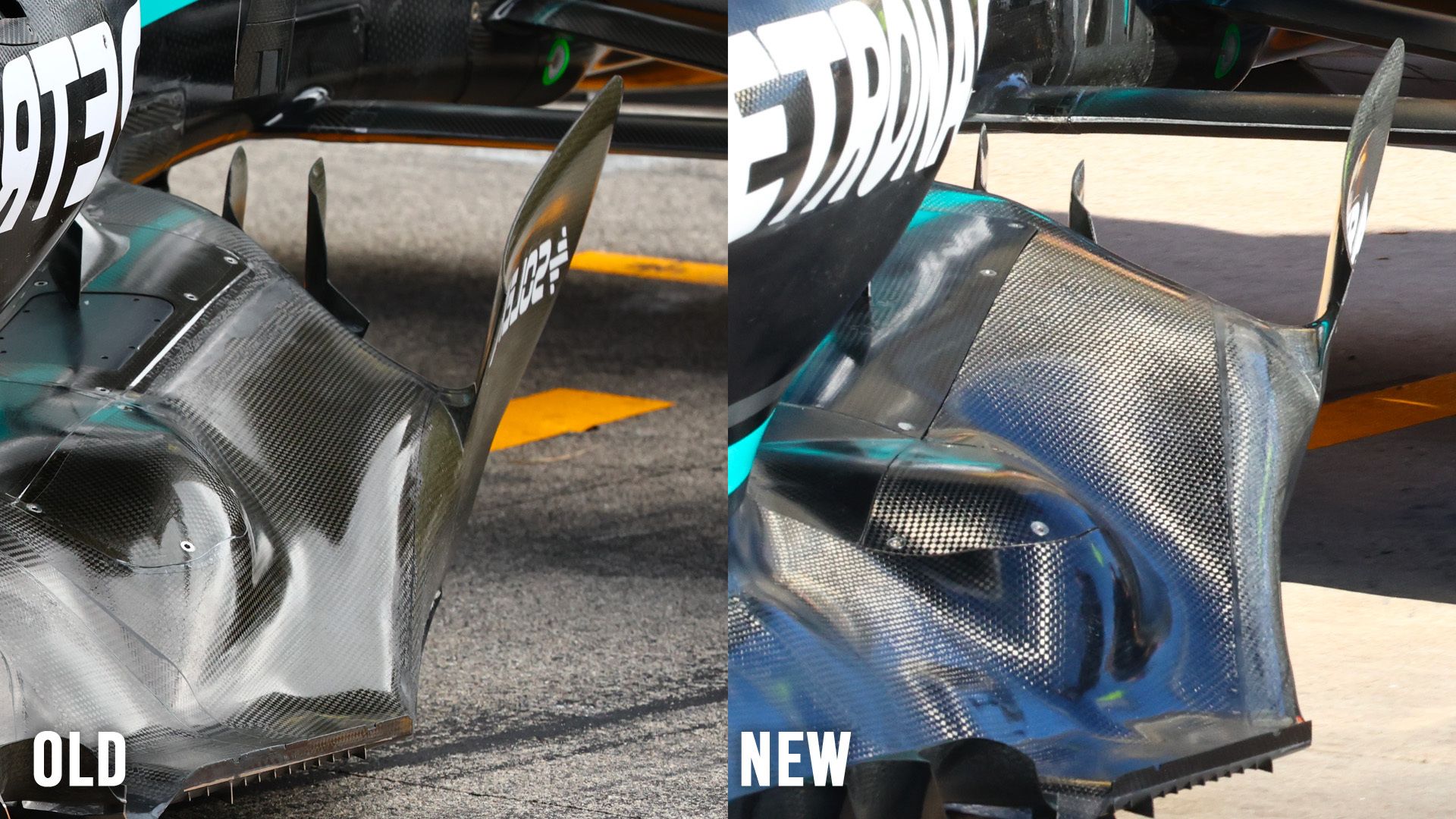
Hamilton qualified 0.139s off Ferrari driver Charles Leclerc’s pole time. Despite having only one free practice session to get a handle on the upgrade, he was happy with progress.
“[It was a] good session for us,” said Hamilton. “Really grateful for the improvements the team have made with the car, everyone’s worked so hard to get us some upgrades and for us to be close to McLaren and Ferrari and even the Red Bulls shows just how hard we’ve been working.
“The car feels almost the same, it’s just levelled up pretty much everywhere.”
The statement that the car feels almost the same might seem at odds with describing it as one of the first upgrades he can feel, but it seems reasonable to interpret that as meaning he could feel the performance improvement from the off.
While team-mate George Russell was less comfortable and appeared to be struggling a little with rear end stability, he also said he could “definitely feel the improvements we’ve made with the update”. So both drivers gave it their seal of approval despite there being only one free practice session to fettle the package.
Hamilton was wary about making bold predictions for next year, but says he believes Mercedes can produce the gains needed to get the team back to “super-competitive mode”. And given Hamilton hasn’t been backward in coming forward at times when he’s been disappointed with Mercedes progress over the past 18 months, that’s a ringing endorsement.
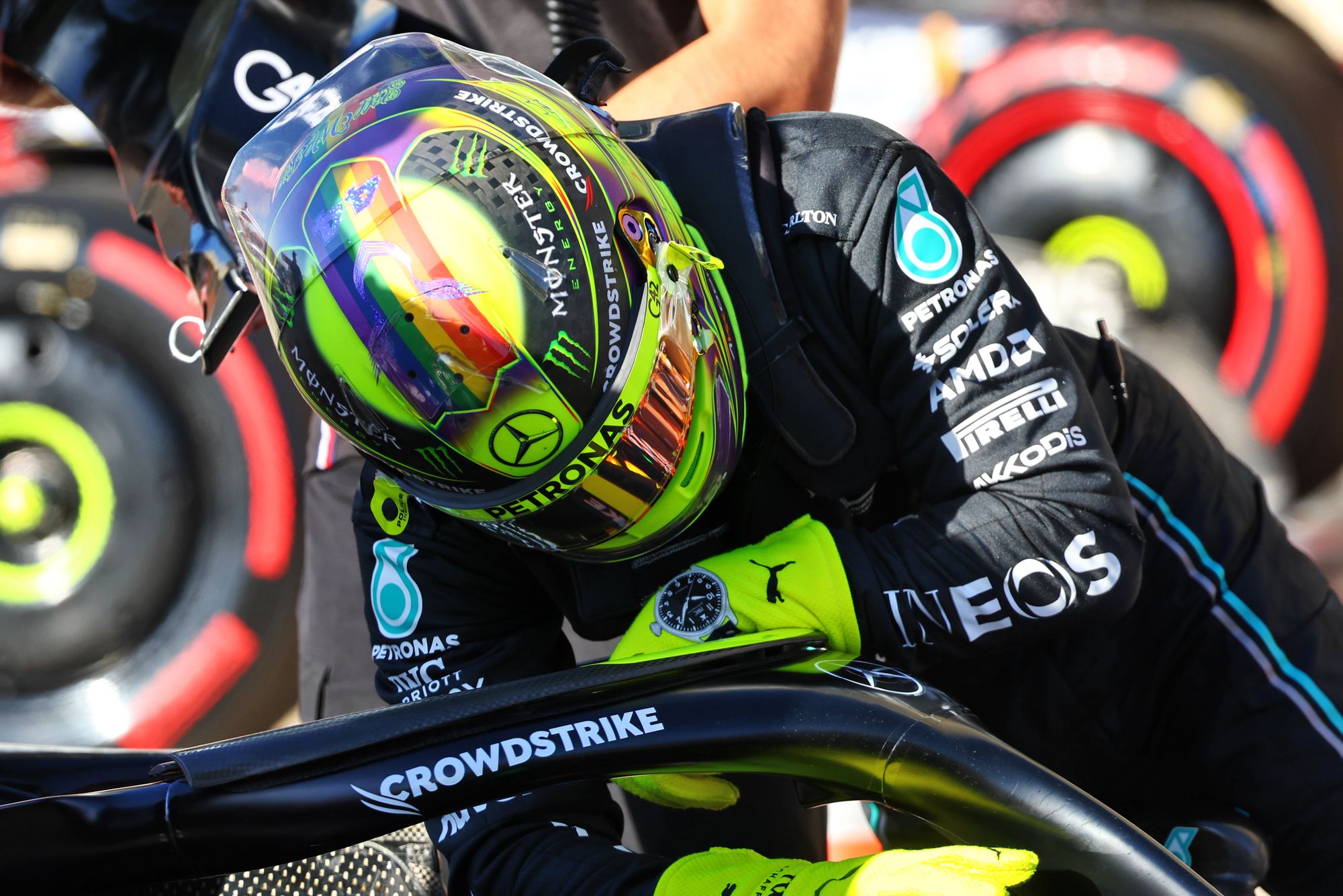
“I don’t know really if it’s a signifier of anything for next year,” says Hamilton. “As we continue to experiment, we get more and more knowledge of where we’re going and the flow of the car.
“The floor is not a huge amount different. There’s always hype with someone’s upgrade but the rest of the car is exactly the same and there are lots and lots of areas which we can improve. But this is an improvement.
“This is one of the first upgrades that I’ve actually felt over the last two years. So that’s a positive. We just need two or three times this step to put us in super-competitive mode - which I believe the guys can do.”
The performance step hasn’t transformed the car, but the fact it delivered as expected proves reality is correlating well with the various simulation tools used. As trackside engineering director Andrew Shovlin said, “the upgraded floor looks to be giving us what we hoped for”.
Mercedes has struggled all year with a lack of rear grip thanks to a downforce deficit in the faster corners. The first sector at Austin is a test of that and the pace of the Mercedes was reasonable, albeit slightly off what Red Bull, Ferrari and Alpine, the latter surprisingly third-quickest in the first sector, could produce. Hamilton was fastest in the middle sector and fourth-quickest in the slower final sector.
But he also seemed satisfied with the predictability of the car, which Allison described recently as a “capricious beast” with a tendency to be inconsistent from lap to lap without any discernible difference in inputs.
What happens over the next two days and in the four race weekends that follow is only an indicator of what is to come from Mercedes, but a slight uptick in performance will be an encouraging sign given that knowledge is also defining the development of the 2024 car.
And while Hamilton didn’t sound particularly enthused about the possibility of reeling in Sergio Perez, 30 points ahead, for second in the drivers' championship, he framed it as all part of the battle to be at the front in 2024.
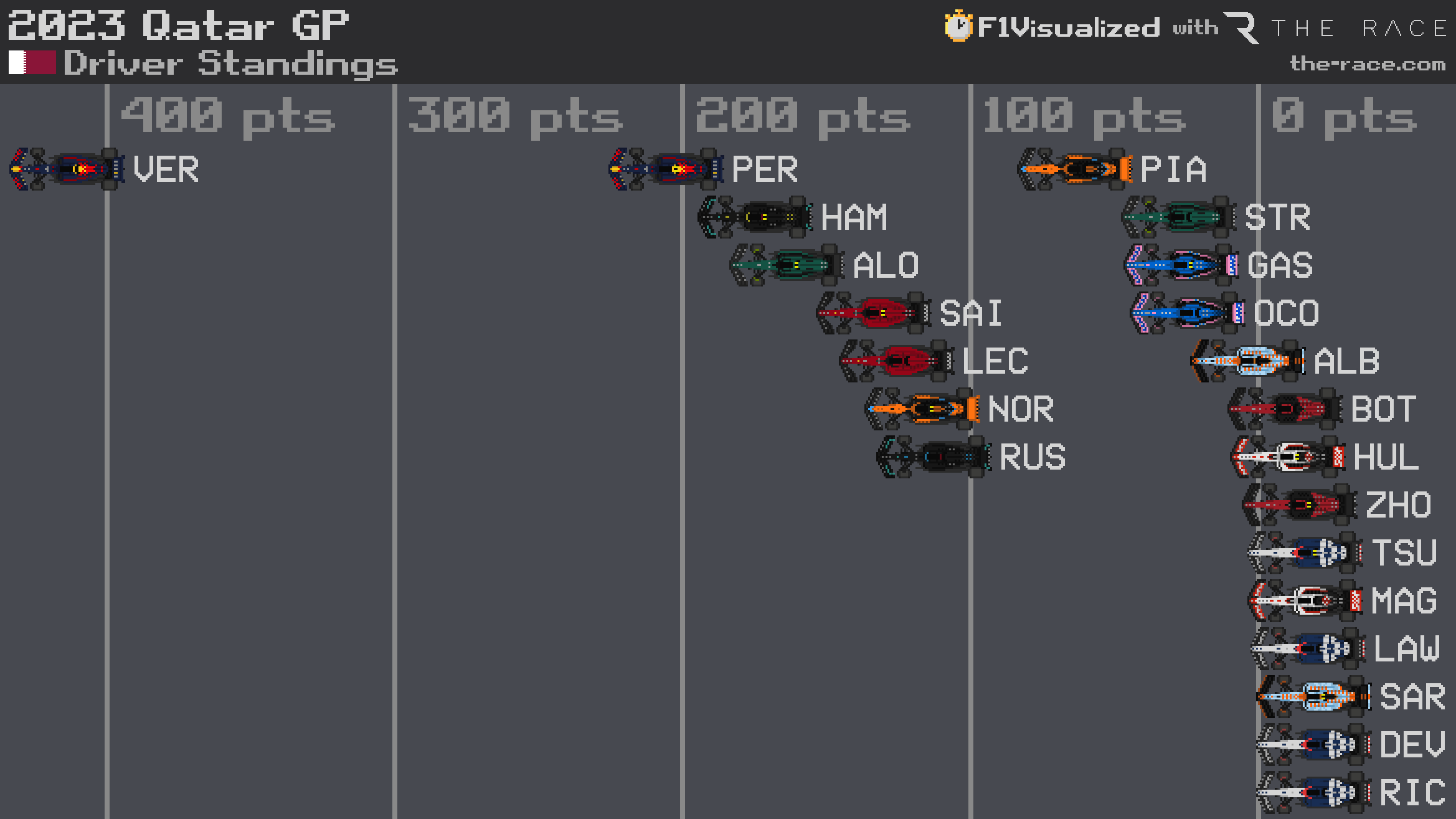
“All of us are pushing to finish first so I think it would just show resilience and the strength in depth in our team,” said Hamilton when asked about the prospect of taking second.
“We had a difficult year last year and even at the start of this year we didn’t expect to be where we are so to be fighting for second in the constructors’ and trying to hold that position, and I don’t know whether or not we will catch Sergio but given the difference in our cars through the season I’m very proud of the work that we’ve done.
“We’ve just got to keep our heads down, keep fighting, keep pushing. It’s a race for development and whoever can get to the top of the mountain first for next year.”
It would be an overreaction to say that the effectiveness of this upgrade is a predictor that Mercedes will be atop the mountain next year. But based on Hamilton’s relative effusiveness, it is at least confirmation that it is going in the right direction.
Whether it can proceed on that trajectory fast enough will define where Mercedes is next year.

